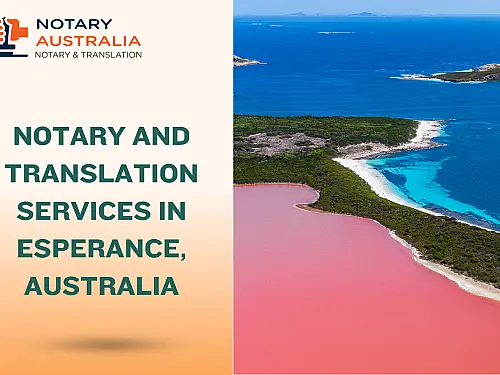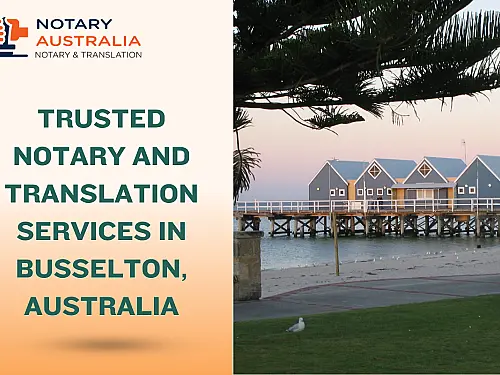



Notarize Translated Documents for Global Use with Ease

Table of Contents
Why You Need Notarized Translations for Global Affairs
In today’s increasingly globalized world, individuals and businesses frequently require official documents that are both accurately translated and legally recognized. Whether you're applying for immigration, enrolling in a foreign university, doing international business, or getting married abroad, you’ll often need documents that are not only translated but also notarized to be accepted.
This article will walk you through the complete process of how to notarize translated documents, what types of documents often require this step, the benefits of combining certified translation with notarization, and how to find reliable providers.
What Is a Notarized Translation?
A notarized translation involves two components:
Certified Translation: A professional translator or agency provides an official statement attesting to the accuracy and completeness of the translation.
Notarization: A notary public verifies the identity of the translator (or the certifier) and witnesses the signing of the certification, applying their official stamp to validate it.
This dual step is essential when documents are destined for foreign legal systems, immigration bodies, or consular use.
When Is Notarization of Translated Documents Required?
Common Scenarios:
Visa and Immigration Applications
Immigration departments often ask for marriage, birth, police, and financial documents that are translated and notarized.Academic Purposes
University applications abroad may require transcripts or diplomas to be officially translated and notarized.Business and Commercial Use
Contracts, registration certificates, and licenses used in cross-border transactions typically demand notarized translations.Court Submissions
Legal proceedings may require notarized translated affidavits, testimonies, or other documents.
Step-by-Step: How to Notarize a Translated Document
Step 1: Choose a Certified Translation Service
Look for NAATI-certified (in Australia) or similarly accredited translators who specialize in legal and official documents.
Step 2: Have the Document Translated
Ensure the translation includes a certificate of accuracy, signed by the translator.
Step 3: Schedule a Notary Appointment
Bring the original document, the translation, and the certificate of translation to a registered notary public.
Step 4: Notary Witnesses and Signs
The notary verifies the identity of the translator or authorized signer and notarizes the certificate, applying their official seal.
Why Use Combined Translation & Notary Services?
Hiring a provider that offers both certified translation and notary services under one roof provides several advantages:
Time-Saving
You don’t need to coordinate between multiple vendors.Cost-Efficient
Combo services often come with packaged pricing.Legally Reliable
Reduces chances of rejection by consulates or government offices.Single-Point Accountability
Any questions or revisions are handled through one entity.
Choosing the Right Provider: What to Look For
NAATI Certification (Australia)
Choose translators who are certified under the National Accreditation Authority for Translators and Interpreters.
Licensed Notary Public
Ensure the notary is legally authorized in your region or state.
Reviews & Testimonials
Look for proven track records in notarizing translated documents, especially those bound for global use.
Turnaround Time
Ask about expedited services if your deadline is tight.
Frequently Notarized Document Types
| Document Type | Common Use Case |
|---|---|
| Birth Certificate | Immigration, Citizenship |
| Marriage Certificate | Visa Application, Name Change |
| Academic Transcripts | University Admission, Scholarship Programs |
| Legal Affidavits | Court or Immigration Appeals |
| Business Contracts | International Agreements |
| Police Clearance | Visa, Employment, Licensing |
| Power of Attorney | Legal or Property Representation Abroad |
Tips for International Use
Apostille Requirement: Some countries require an apostille after notarization. Check the destination country's regulations.
Language Pairs: Use specialized translators familiar with both the source and target legal systems.
Format Consistency: Ensure the translated document mirrors the original layout as closely as possible.
Costs Involved
The overall cost depends on:
Length and complexity of the document
Language pair
Urgency (standard vs express)
Inclusion of apostille services
Estimated cost range:
Certified Translation – AUD 40 to AUD 100 per page
Notarization Fee – AUD 60 to AUD 150 per document
Combo Offers – AUD 90 to AUD 200+ depending on provider
Final Thoughts
Notarizing translated documents is a critical step when dealing with cross-border legalities. Whether you're applying for a visa, buying property abroad, or enrolling in school overseas, combining certified translation and notarization ensures that your paperwork stands up to scrutiny anywhere in the world.

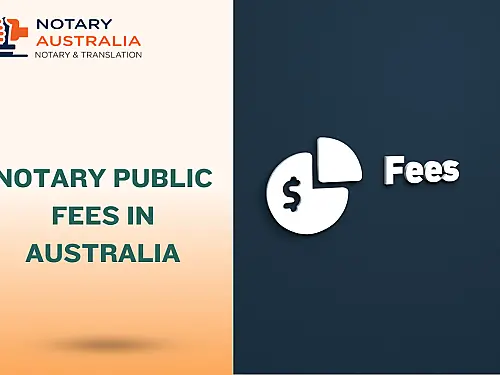
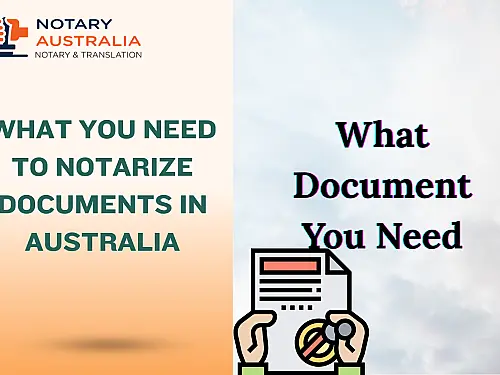

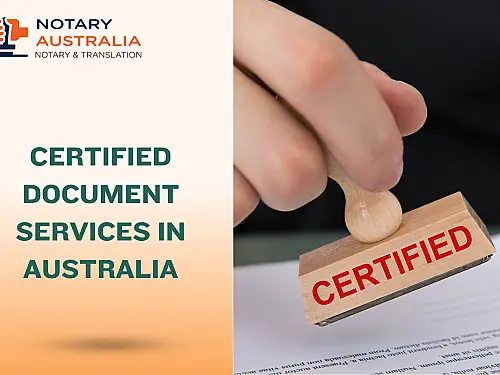

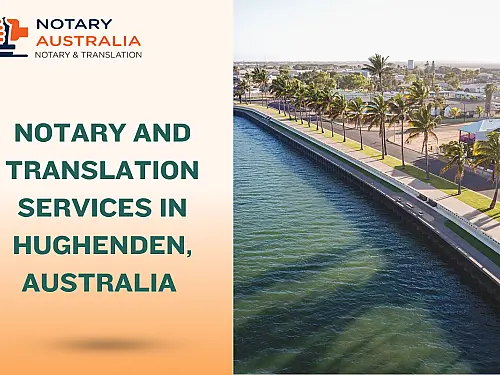
-thumb.webp)
